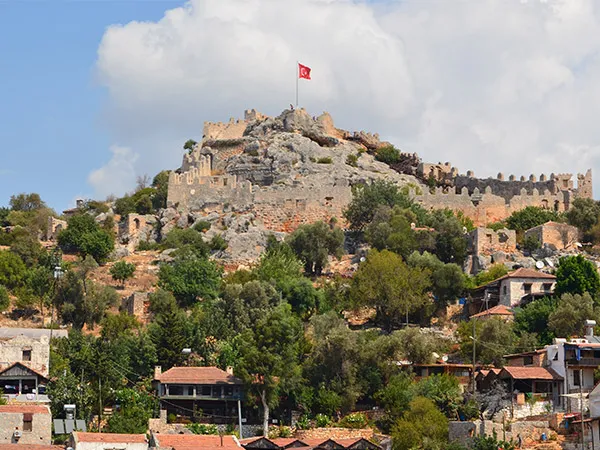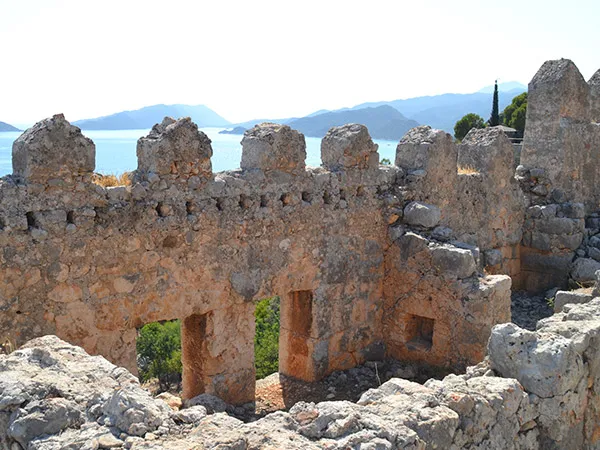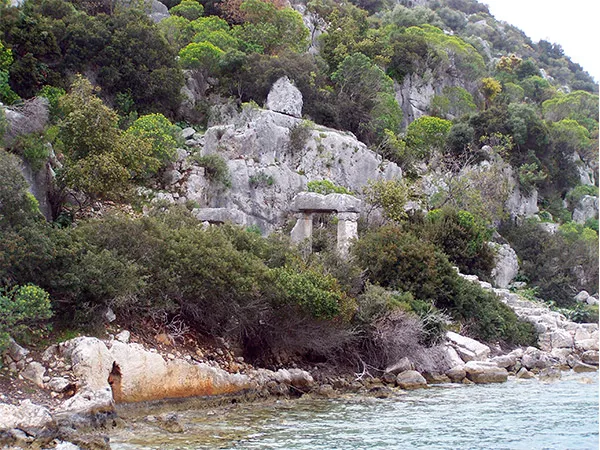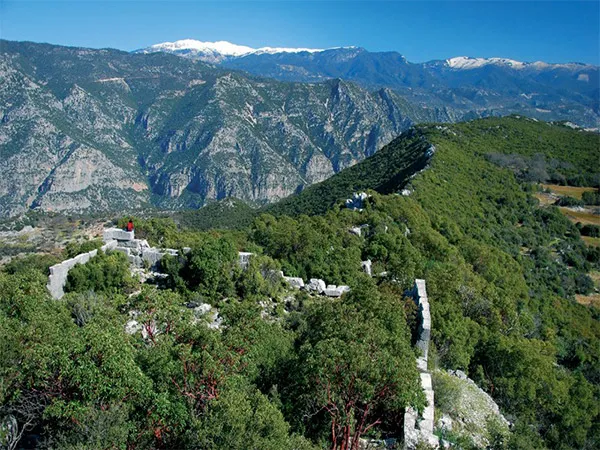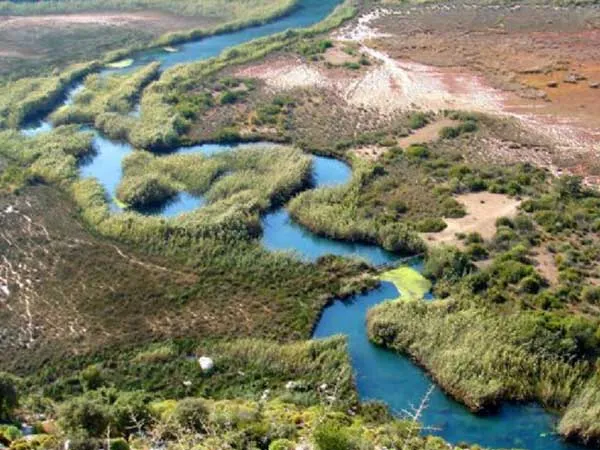Where is Simena Ancient City?
Simena Ancient City is located in the Mediterranean region of Turkey, within the borders of Demre district in Antalya province. The city is famous for its breathtaking views of Kekova bay and Kaleköy.
How to Get to Simena Ancient City?
The most pleasant way to reach Simena Ancient City is by sea. You can take boat tours from Kaş or Demre to reach the ancient city. Alternatively, you can drive to Üçağız village and take a short boat ride to Simena from there.
History and Importance of Simena Ancient City
Simena is known as an important settlement that was part of the Lycian League. The ancient city saw significant development during the Roman and Byzantine periods. The castle in Kaleköy, sarcophagi, and rock-cut tombs are among the notable ruins of the ancient city.
What Can You Do at Simena Ancient City?
There are many activities you can do at Simena Ancient City. You can explore the historical ruins of the ancient city, discover the Lycian tombs and the castle. Additionally, you can swim and dive in Kekova bay, seeing the submerged ruins of the sunken city.
Natural and Touristic Importance of Simena Ancient City
Simena Ancient City fascinates visitors with its historical and natural beauty. Its historical structures and unique landscapes attract both history enthusiasts and nature lovers. Simena is one of the important tourist areas in Kekova with its natural beauty and historical texture.
